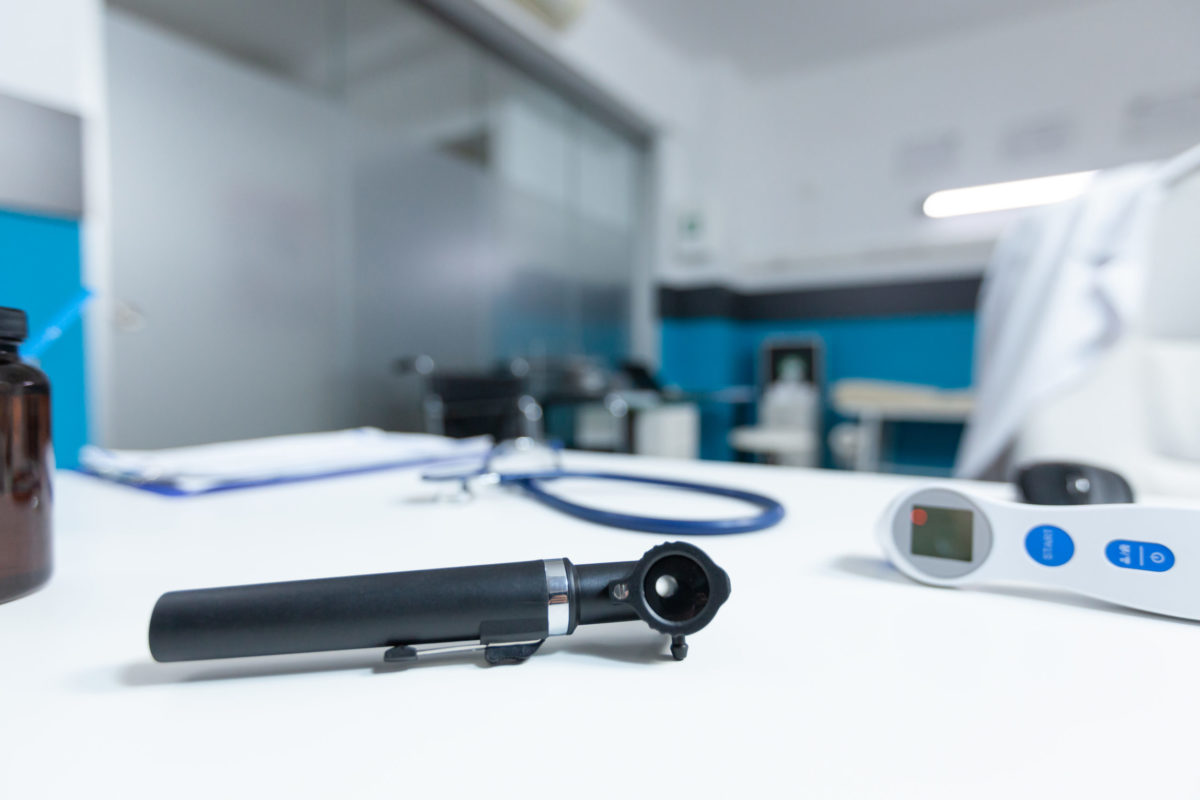In the ever-evolving field of healthcare tech, ensuring that equipment Biomedical Equipment Technicians (BETs) on location have access to the right tools and equipment is essential.Biomeds play a critical role in healthcare settings, and an often-overlooked aspect of their work environment is the design of the equipment they service. Let’s explore the key features engineers consider when designing exam tables with biomedical technicians in mind.

Control Box with Plug-and-Play Components
Using plug-and-play components in a control box is better than using a traditional motherboard. It’s simpler and more flexible. Unlike a motherboard, which needs careful compatibility checks and manual component installation, designing plug-and-play components to connect easily and work well together reduces compatibility problems and makes troubleshooting easier.

No Preventive Maintenance
Designing exam tables to reduce downtime and maintenance costs is crucial. For BETs, time is precious, and having equipment that requires minimal upkeep is invaluable. Purchasers should opt for materials and components that are durable and resistant to wear and tear. Additionally, consider features like easy-to-clean surfaces that can withstand disinfection without deteriorating over time.

Installation & Repair Instructions
Clear and comprehensive installation and repair instructions can be a biomeds best friend. In the fast-paced world of healthcare, downtime due to equipment issues can lead to delays and setbacks. Providing user-friendly guides and resources for troubleshooting common problems can significantly reduce disruptions in everyday workflow.

No Special Tools Required
Efficiency is key. Exam tables should be designed with the “no special tools required” principle. Biomedical technicians should be able to adjust, perform maintenance, and replace components using readily available tools. This saves time and eliminates the need for specialized equipment that can be expensive and hard to obtain.

Infection Prevention
Infection prevention is a top priority in any healthcare setting. Biomedical technicians often work with equipment that may carry infectious germs. Exam tables must be designed to minimize the risk of cross-contamination. Features like non-porous, antimicrobial surfaces, removable upholstery, and easily accessible sanitation protocols can help ensure a hygienic environment for biomeds, clinical staff, and patients.
Designing exam tables with biomedical technicians in mind is about creating a comfortable and efficient workspace and prioritizing safety, durability, and versatility. When engineers consider these aspects when designing exam tables, they can contribute to the success of BETs and the advancement of biomedical technology, ultimately benefiting patients and health systems worldwide.
This blog was guest-written by UMF Medical New Product Development Engineer Cory Brant, who began his engineering career in 2004.







